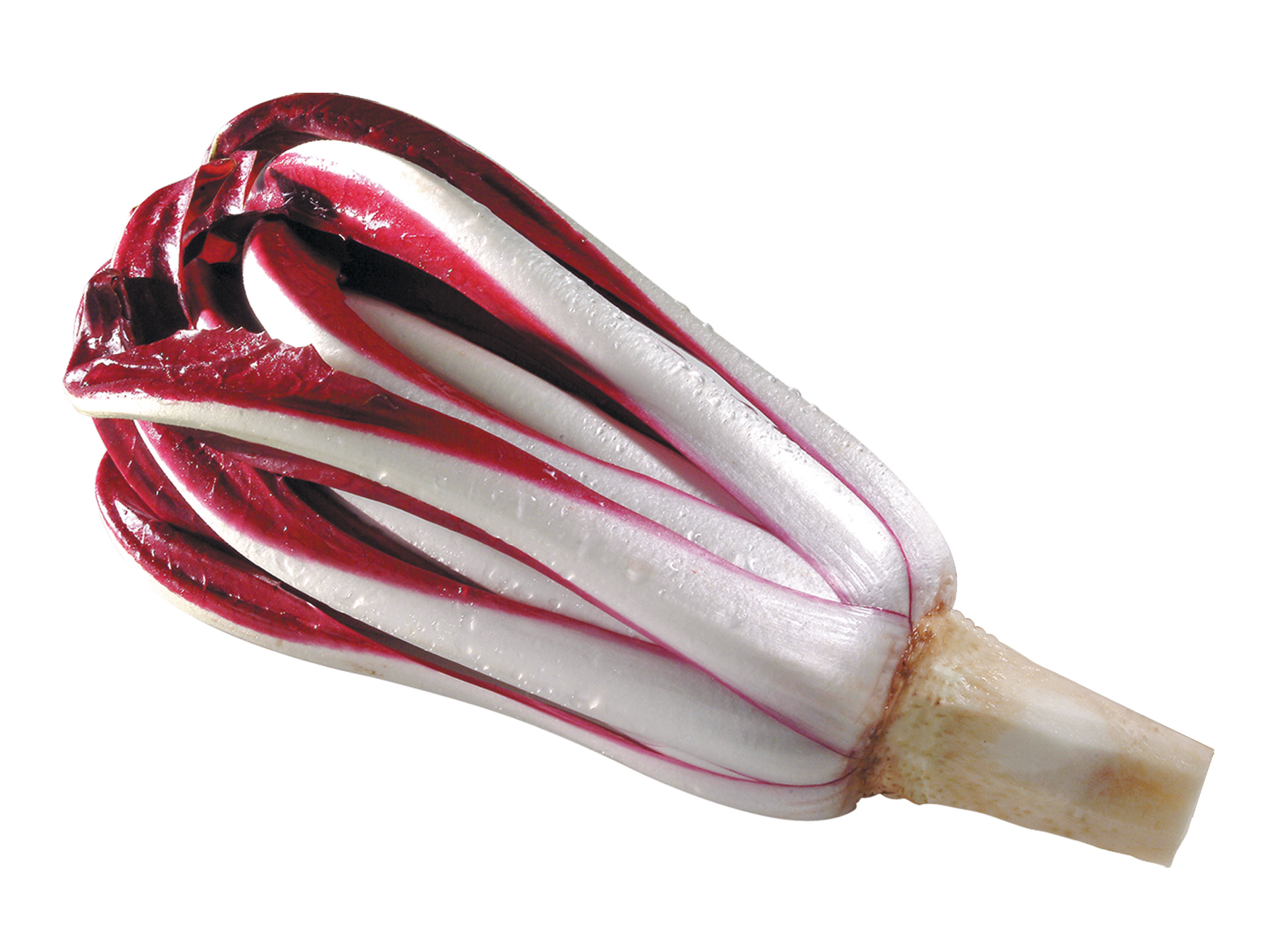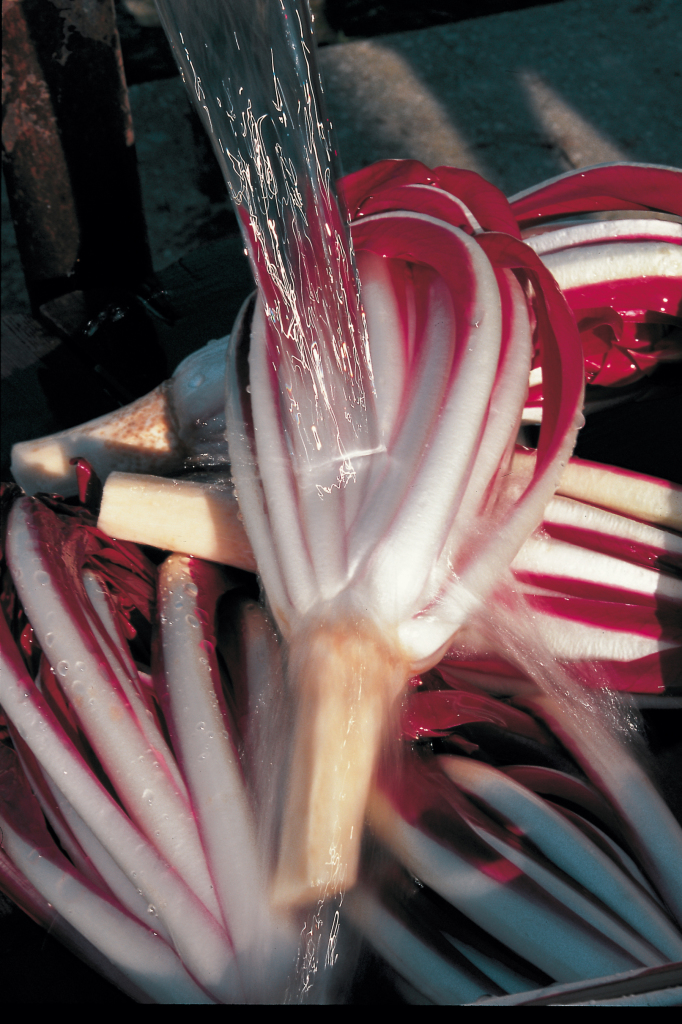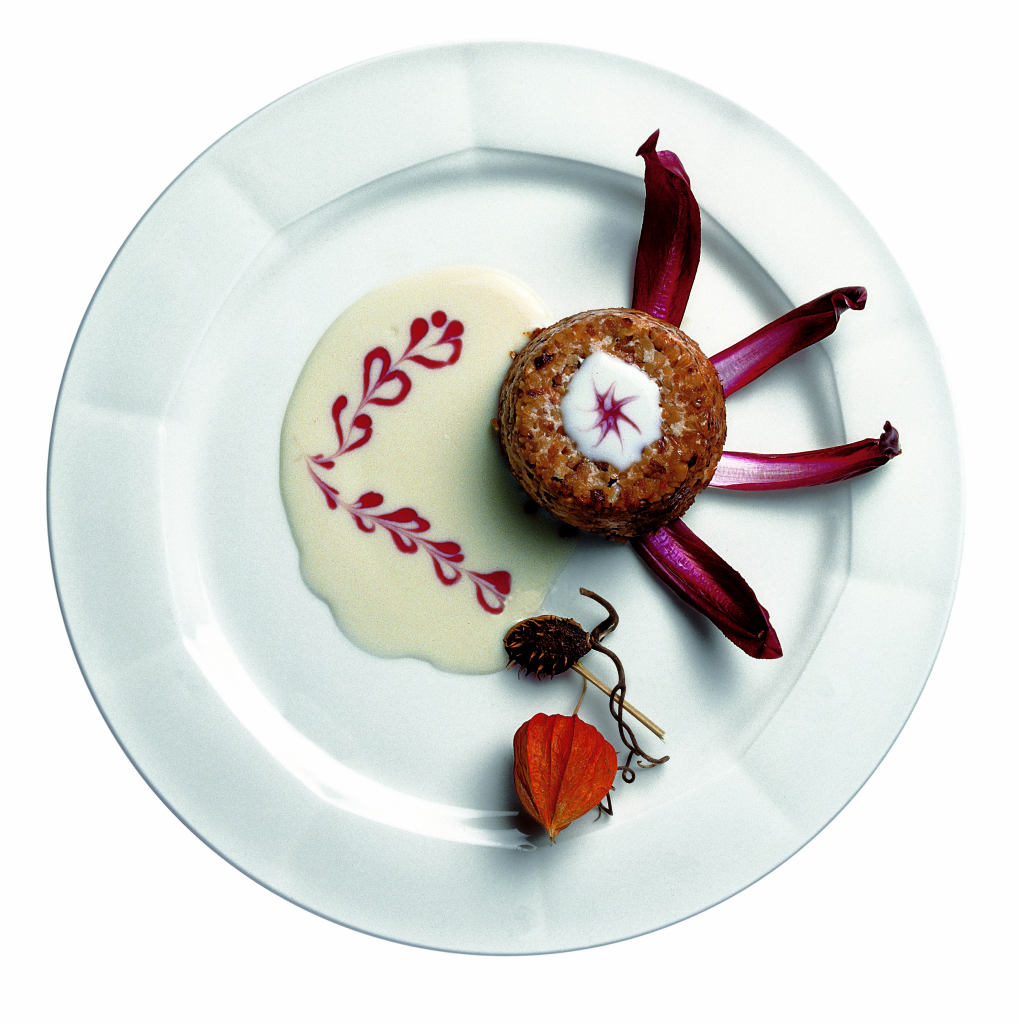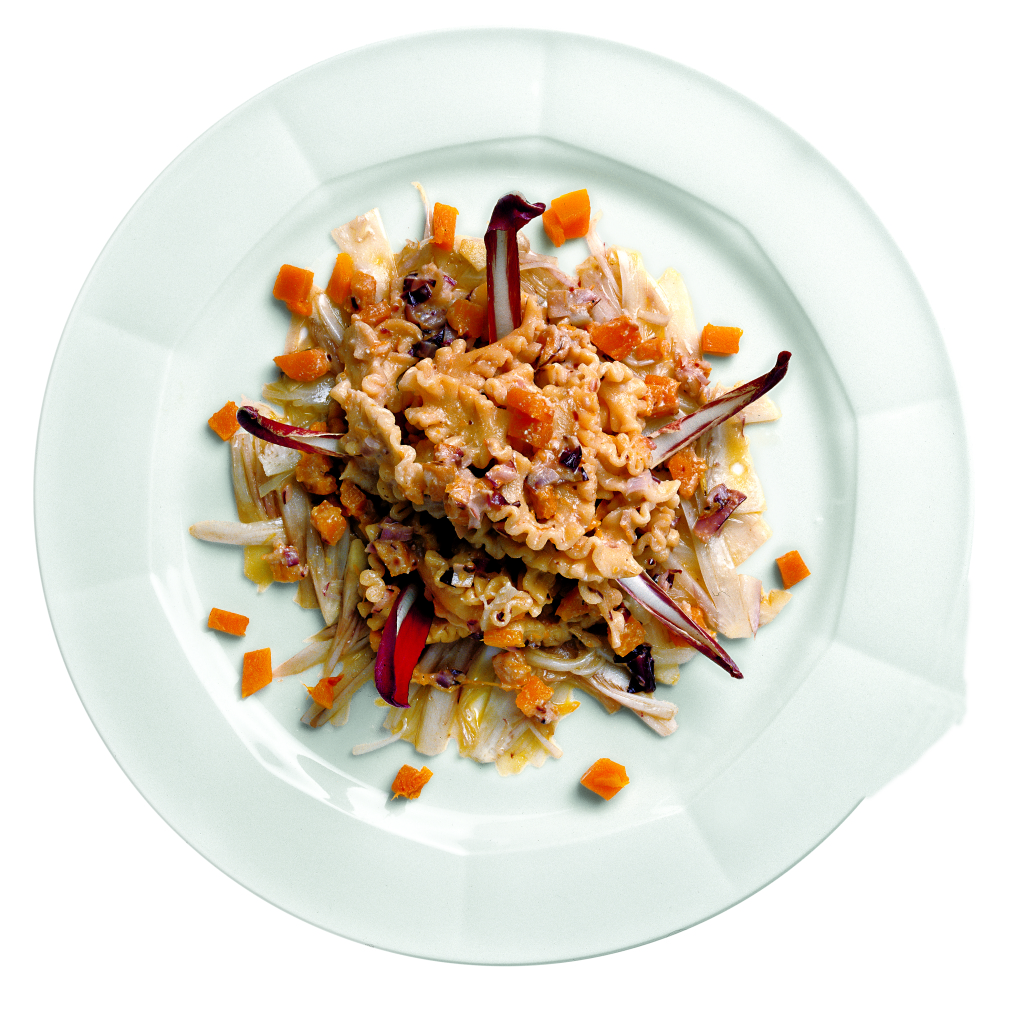 The Consortium for the protection of Radicchio Rosso di Treviso (Red Chicory of Treviso) and Variegato di Castelfranco (Variegated Chicory of Castelfranco) IGP (Protected Geographical Indication) aims to increase and promote good quality traditional fruit and vegetables cultivated in Veneto. Veneto is an extraordinary region consisting in large part of unique ecosystems which are generally rich in biodiversity.
The Consortium for the protection of Radicchio Rosso di Treviso (Red Chicory of Treviso) and Variegato di Castelfranco (Variegated Chicory of Castelfranco) IGP (Protected Geographical Indication) aims to increase and promote good quality traditional fruit and vegetables cultivated in Veneto. Veneto is an extraordinary region consisting in large part of unique ecosystems which are generally rich in biodiversity.
Among the producers, OPO Veneto - the Organisation of Fruit and Vegetable producers of Veneto - markets over 30,000 tonnes of products annually, mostly protected by the European Community through IGP and DOP certification, with a turnover of 31 million euros.
The agricultural producers who are members of OPO Veneto implement “agricultural best practice”, with biodiversity considered of great importance. The objective is: quality production in quality environments. As testament to the biodiversity of their area, the OPO Veneto producers have received “Friends of Biodiversity” certification.
Exports are mainly to the north of Europe.
Radicchio Rosso di Treviso IGP - tardivo (Late season Red Chicory of Treviso IGP)
The Tardivo is recognized by the European Community through the IGP mark. It’s appearance is characterised by: regular compact heads, with a minimum weight of 100 grams; its bright red leaves are wrapped around the central stem, with well developed veins, a pleasantly bitter taste and crunchy consistency; perfectly trimmed clean roots whose length is in proportion to the size of the head and in any case never over 6 cm long.
 Radicchio rosso di Treviso IGP - precoce (Early season Red Chicory of Treviso IGP)
Radicchio rosso di Treviso IGP - precoce (Early season Red Chicory of Treviso IGP)
The Precoce is recognised by the European Community through the IGP mark. It’s appearance is characterised by: well developed compact heads, with a minimum weight of 150 grams; its wrapped leaves withvery pronounced veins which branch into lots of little veins in the leafy red stem, its slightly biter taste and its noticeably crunchy consistency; its roots are perfectly clean and their length is in proportion with that of its head up to a maximum of 4 cm.
Radicchio Variegato di Castelfranco IGP (Variegated Chicory of Castelfranco IGP)
Variegated Chicory of Castelfranco is recognised by the European Community with the IGP mark. It’s appearance is characterised by: its open heads consisting of a series of circles of leaves (the first horizontal, the second and successive ones more and more inclined) with a minimum weight of 100 grams; thick crunchy leaves, with irregular edges, the uneven surface of the head, with its round shape, its cream-white colour featuring streaks ranging from light purple to bright red, its flavour which ranges from sweet to a very delicate bitter flavour; perfectly trimmed clean roots whose length is in proportion to the volume of its head up to a maximum of 4 cm.
Radicchio di Chioggia IGP (Chicory of Chioggia IGP)
Chicory of Chioggia IGP is characterised by: regular spherical compact heads, with a minimum weight of 180 grams; leaves wrapped around the stem which vary from crimson red to reddish purple, with very well developed veins which branch into smaller veins and its slightly bitter taste and crunchy consistency: its roots are perfectly trimmed and clean, of modest length and cut cleanly below the neck.
Radicchio di Verona IGP (Chicory of Verona IGP)
Chicory of Verona IGP is characterised by: compact heads, with an oval shape and small to medium size. It is made of whole leaves with a regular edge, closed in a circle towards the top, with an intense dark red colour and white main veins. It has a slightly bitter taste accompanied by a pleasant crunchiness especially when the product has undergone preforcing/blanching.
Chicory is a low calorie food, with a high water content, relatively high in fibre and a good source of minerals: in addition, it contains polyphenols such as anticianidins and anthocianins, with their antioxidant properties and which give it its distinctive red colour. It has diuretic properties thanks to its high water and mineral content and the presence of fibre makes it a good regulator of intestinal and liver function.
It can be consumed raw or cooked.
(credit foto: Terra Ferma Edizioni)

